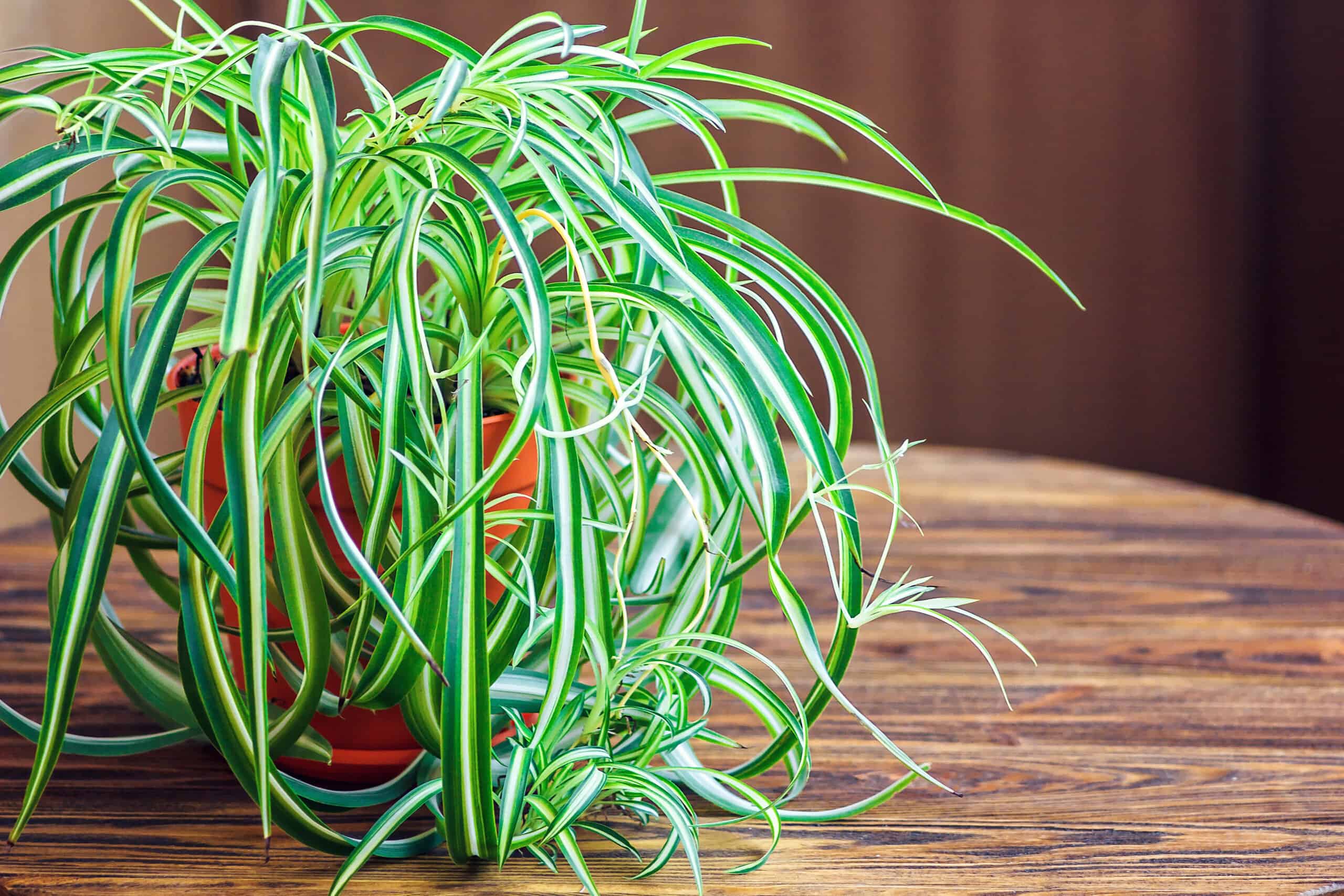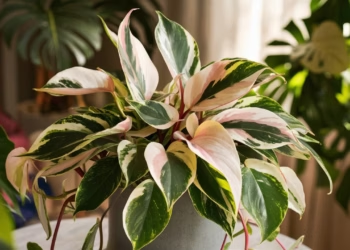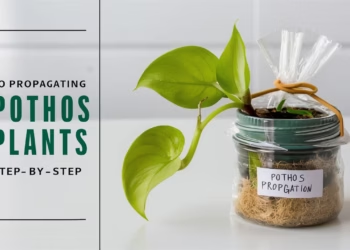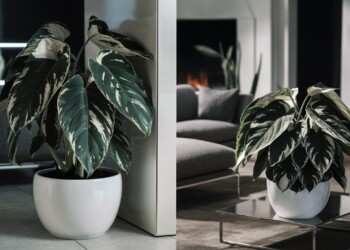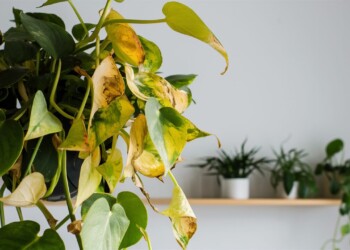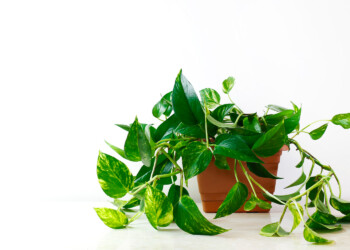Are you ready to embark on a green journey filled with vibrant foliage and easy-care wonders? Look no further than spider plants! These resilient beauties are the darlings of indoor gardening, renowned for their air-purifying qualities and graceful arching leaves. Whether you’re a seasoned plant parent or just dipping your toes into the world of indoor greenery, this comprehensive guide to spider plant care will equip you with all the knowledge you need to cultivate thriving spider plants in your home sanctuary!
Table of Contents
Getting to Know Your Spider Plant
Before diving into spider plant care: indoor growing and caring guiding, let’s get acquainted with our leafy companions. Spider plants, scientifically known as Chlorophytum comosum, are native to tropical and southern Africa, where they thrive in the dappled shade of forest floors. These hardy plants have long, slender leaves that arch gracefully from a central rosette, resembling the legs of a spider-hence their name!
Varieties of Spider Plants
Spider plants come in various cultivars, each with its unique characteristics and charm. Here are some popular varieties you might encounter:
- Chlorophytum comosum ‘Vittatum’: This classic variety features green leaves edged with creamy-white stripes.
- Chlorophytum comosum ‘Bonnie’: Known for its compact size and curly leaves, ‘Bonnie’ adds a whimsical touch to any space.
- Chlorophytum comosum ‘Variegatum’: With broad, creamy-white stripes running down the center of each leaf, ‘Variegatum’ is a striking addition to any plant collection.

Spider Plant Care: Indoor Growing Tips
Now that you’ve met your spider plant, it’s time to dive into the nitty-gritty of spider plant care: indoor growing and caring guiding! Follow these tips to ensure your spider plant thrives in its new home:
Light
Spider plants are adaptable and can tolerate a wide range of light conditions, but they prefer bright, indirect light. Avoid placing them in direct sunlight, as this can scorch their delicate leaves.
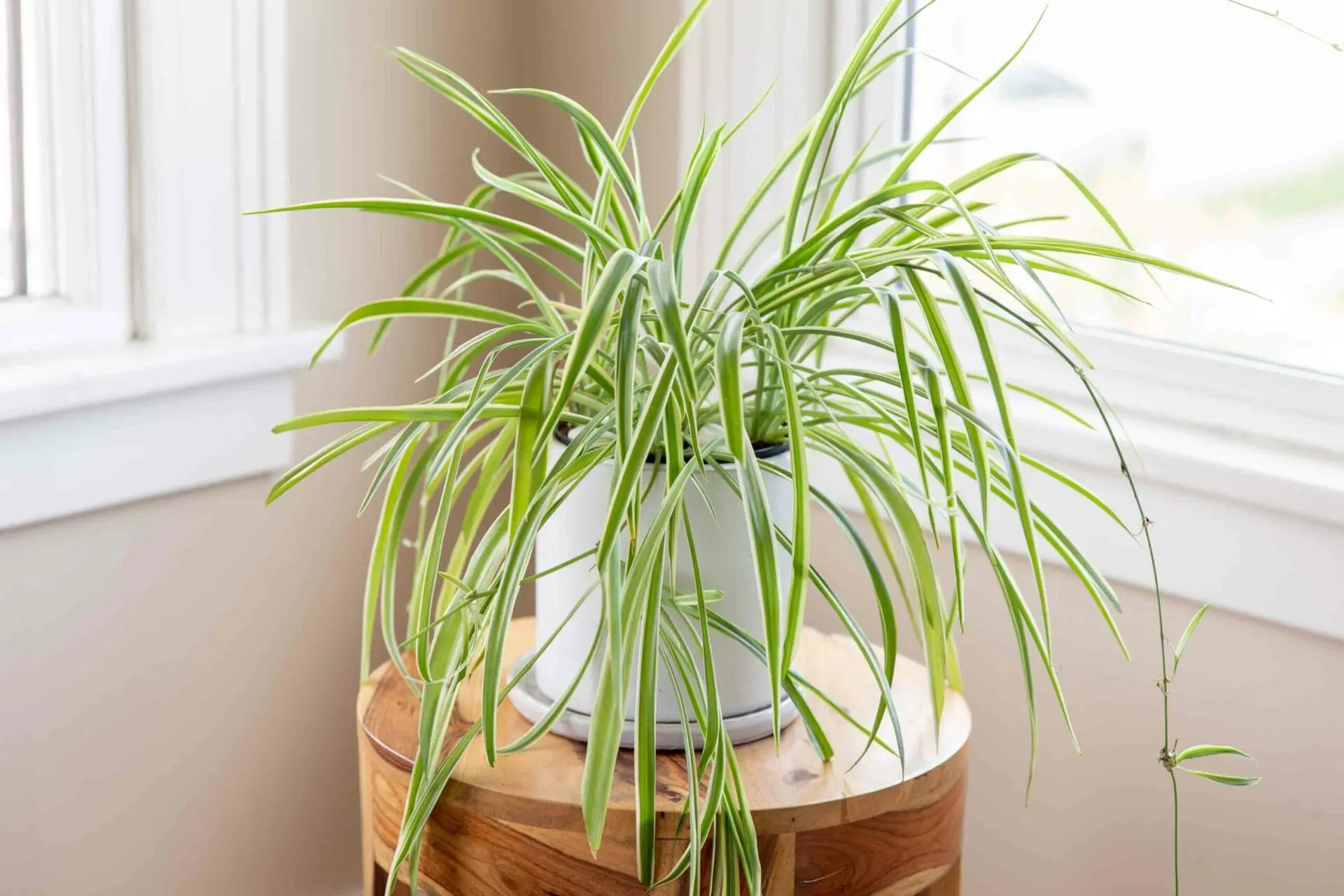
Spider plant watering
When it comes to spider plant care, finding the right balance of water is key. Water your spider plant thoroughly when the top inch of soil feels dry to the touch, but be sure not to let it sit in waterlogged soil, as this can lead to root rot. Aim to keep the soil slightly moist, watering once a week during the spring and summer months. In winter, allow the soil to dry out slightly between watering intervals to prevent waterlogged roots.
Note: Spider plants exhibit sensitivity to fluoride present in tap water. Consider using distilled water or rainwater to mitigate any potential adverse effects.

Soil
Spider plants aren’t too picky about soil, but they do best in well-draining potting mixtures. A mix of peat moss, perlite, and compost will provide the perfect growing medium for your spider plant.

Temperature and Humidity
Spider plants prefer temperatures between 60-75°F (15-24°C) and moderate humidity levels. Avoid placing them near drafty windows or heating vents, as sudden temperature fluctuations can stress the plant.

Caring for Your Spider Plant
In addition to basic care, spider plants may benefit from a little extra TLC to keep them looking their best. Here are some additional tips for caring for your spider plant:
Pruning
To encourage bushy growth and prevent leggy stems, periodically prune your spider plant by snipping off any brown or yellowing leaves. You can also trim back long, trailing stems to maintain a compact shape.

Propagation
One of the joys of spider plant care: indoor growing and caring guiding is watching your plant multiply! Spider plants are incredibly easy to propagate-simply snip off one of the plant’s offsets (or “pups”) and pot it up in a separate container. Before you know it, you’ll have a whole family of spider plants!
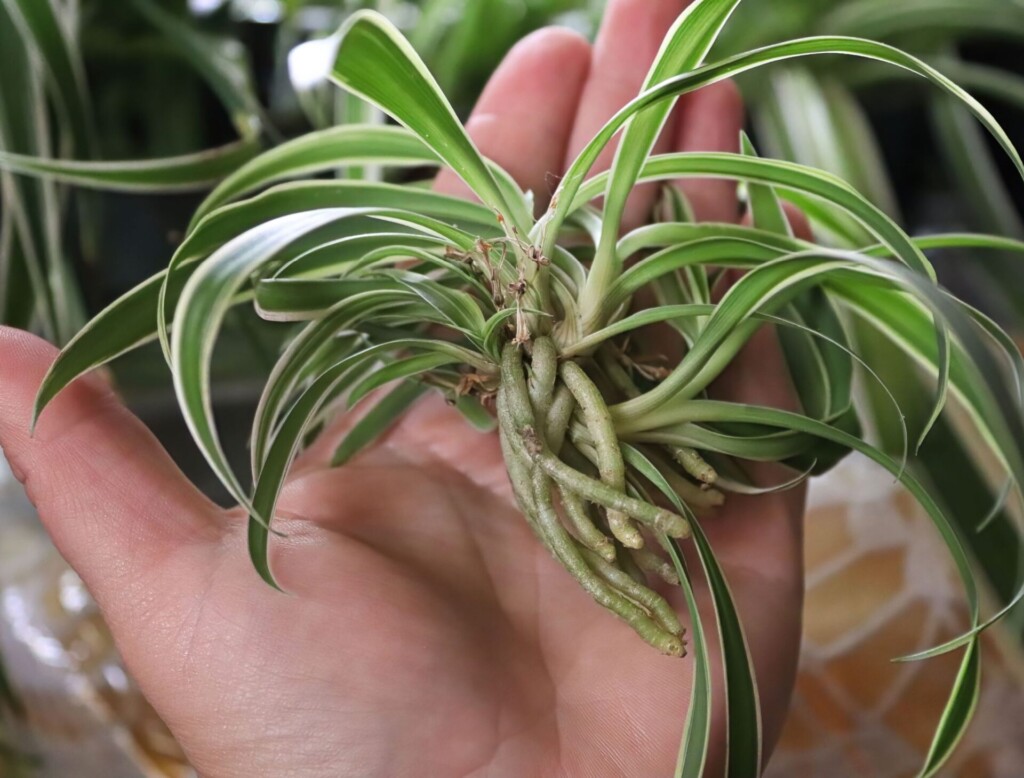
Fertilizing
Nourish your spider plant every two to three weeks with a well-balanced houseplant fertilizer, adhering closely to the product’s instructions for optimal results. And during the growing season (spring and summer), feed your spider plant with a balanced houseplant fertilizer diluted to half strength. Be sure not to over-fertilize, as this can cause salt buildup in the soil.

Congratulations! You’re now a bona fide spider plant aficionado, armed with all the knowledge you need to nurture these leafy wonders in your indoor oasis. Remember, spider plant care: indoor growing and caring guiding is all about finding the right balance of light, water, and TLC. With a little patience and a lot of love, your spider plant will reward you with lush foliage and endless beauty for years to come. Happy growing!
FAQs
Do spider plants need direct sunlight?
Spider plants (Chlorophytum comosum) prefer bright, indirect sunlight but can tolerate some direct sunlight, especially in the morning or late afternoon. However, prolonged exposure to intense sunlight can scorch their leaves. Place them in a location where they receive bright, filtered light or partial shade.
How do you take care of a spider plant indoors?
To care for a spider plant indoors:
- Place it in a location with bright, indirect sunlight.
- Use well-draining potting soil and a container with drainage holes to prevent waterlogging.
- Water the plant thoroughly when the top inch of soil feels dry to the touch, typically every 1-2 weeks.
- Maintain moderate room temperature and humidity levels.
- Fertilize the plant sparingly during the growing season with a balanced fertilizer.
- Prune away brown or damaged leaves as needed to promote new growth.
- Propagate spider plants by dividing the plant or planting the plantlets (spiderettes) that develop on long stems.
How often should you water spider plants?
Spider plants prefer consistently moist soil but can be sensitive to overwatering. Water them thoroughly when the top inch of soil feels dry to the touch, typically every 1-2 weeks. Adjust watering frequency based on factors like temperature, humidity, and pot size. Be cautious not to let the soil dry out completely or become waterlogged.
Where is the best place to put a spider plant?
The best place to put a spider plant is in a location with bright, indirect sunlight. Ideal spots include near a window with sheer curtains or in a well-lit room without direct sun exposure. Spider plants can also thrive in partial shade or under fluorescent lights, making them suitable for various indoor environments.
What are the disadvantages of spider plants?
While spider plants are generally easy to care for and have air-purifying qualities, some potential disadvantages include:
- Sensitivity to overwatering, which can lead to root rot.
- Susceptibility to spider mites, mealybugs, and other pests if not properly cared for.
- Brown tips on leaves due to dry air or fluoride in water, though this is mainly an aesthetic issue and not harmful to the plant’s overall health.
Do spider plants like heat?
Spider plants prefer moderate room temperatures between 65°F to 75°F (18°C to 24°C). They can tolerate slightly warmer temperatures but may suffer in extreme heat. Avoid placing them near heat sources like radiators or air vents, as these can cause dry air and temperature fluctuations, which may affect the plant’s health.
